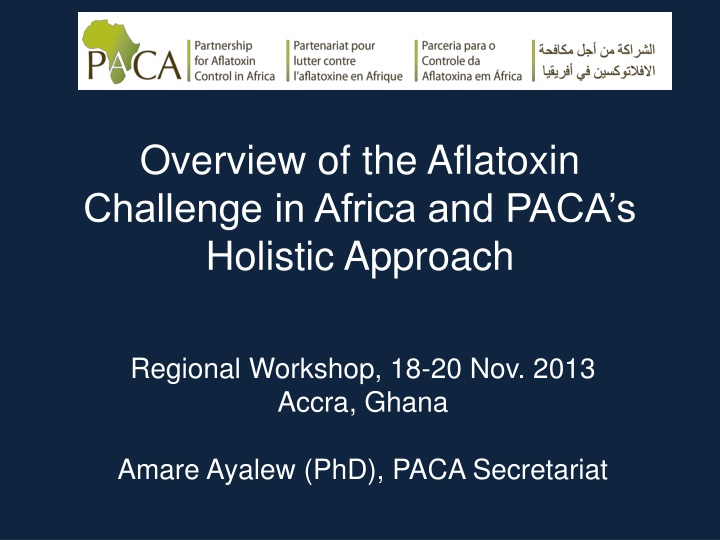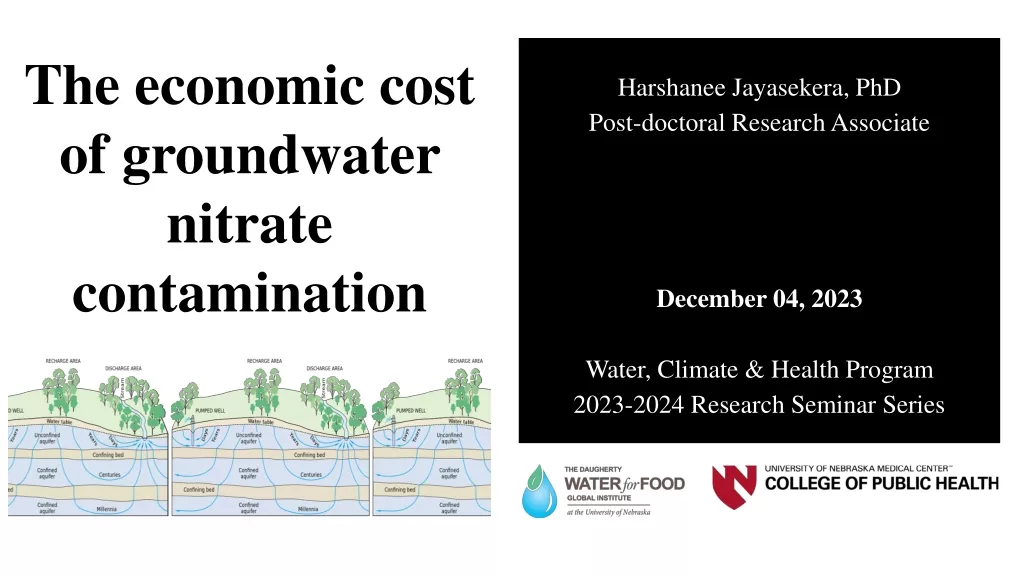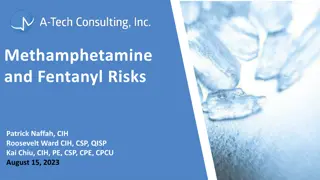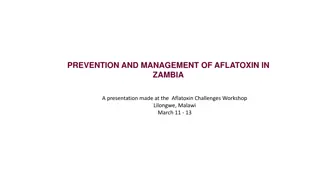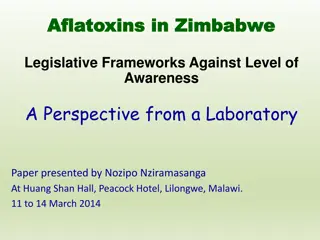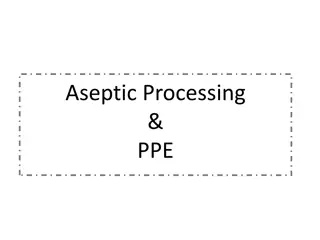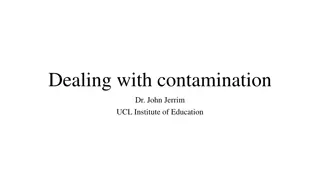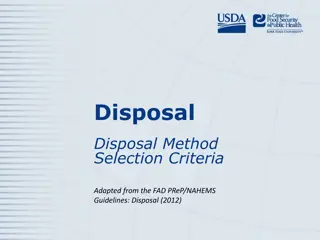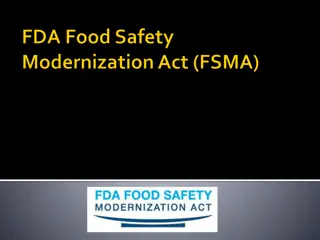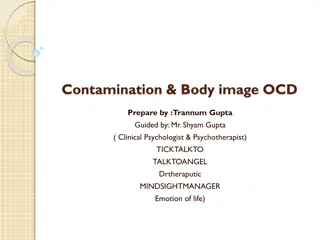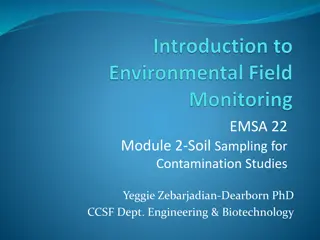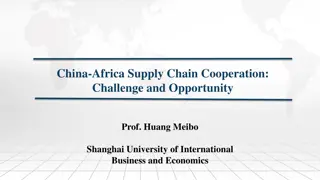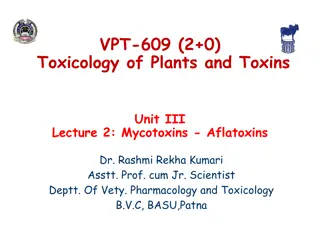The Impact of Aflatoxin Contamination in Africa
Aflatoxins, fungal metabolites produced by Aspergillus flavus, pose a significant challenge in Africa, affecting various crops and leading to health risks, including liver cancer and immune suppression. The contamination impacts trade, agriculture, and food security, with regulations affecting regional and international trade. Efforts are underway to address these challenges holistically through initiatives like PACA.
Download Presentation

Please find below an Image/Link to download the presentation.
The content on the website is provided AS IS for your information and personal use only. It may not be sold, licensed, or shared on other websites without obtaining consent from the author.If you encounter any issues during the download, it is possible that the publisher has removed the file from their server.
You are allowed to download the files provided on this website for personal or commercial use, subject to the condition that they are used lawfully. All files are the property of their respective owners.
The content on the website is provided AS IS for your information and personal use only. It may not be sold, licensed, or shared on other websites without obtaining consent from the author.
E N D
Presentation Transcript
Overview of the Aflatoxin Challenge in Africa and PACA s Holistic Approach Regional Workshop, 18-20 Nov. 2013 Accra, Ghana Amare Ayalew (PhD), PACA Secretariat
What are aflatoxins? Fungal metabolites (naturally occurring) Produced by strains of Aspergillus flavus and related species Highly stable compounds, withstand normal food/feed processing procedures www.ipm.iastate.edu
Aflatoxin contamination Could occur preharvest, harvest, handling and storage Maize, groundnut, cottonseed and byproducts are highly susceptible but occurs in diverse food and feed produce Aflatoxins could be carried over through milk, meat and egg of animals fed on contaminated feed
Effects of aflatoxins on health Fatal at high concentrations; e.g. outbreaks in East Africa where hundreds of persons died due to aflatoxin poisoning (Probst et al., 2007) Cause liver cancer (WHO, 1988; 2002) Linked to: Stunted growth and being underweight in children Suppression of human immune system 4.5 billion people chronically exposed (WHO, 2004)
Aflatoxin impacts on trade Because of serious health hazards importing countries regulate aflatoxins Regulations directly impact regional and international trade Lost trade affects economies such as traditional groundnut exporting countries of Africa, and income and livelihood of farmers Undermines efforts to streamline SPS issues continent-wide
Aflatoxin impacts on agriculture and food security When contaminated food is condemned unsafe for food, the supply is impacted (e.g. recently in east Africa, large quantities of maize was taken out of the food chain) Contaminated food is likely to be consumed by smallholder farmers and their families affecting food safety (food security) 25% of the world food supply is contaminated with aflatoxins (FAO, 2000)
Use and safety of food Access to food Aflatoxins affect each of these elements Availability of food Food and Nutrition Security
Food and Nutrition Security
Food and Nutrition Security
Food & Nutrition Security
When components of F&NS are at optimum stability is at its best Use
When aflatoxins affect components of F&NS, stability is impacted
Factors in the Aflatoxin Challenge in Africa: Conducive climatic conditions Traditional crop production practices Inadequate harvesting, drying and storage practices Policy and institutional capacity Lack of awareness
Aflatoxin contamination is a perennial risk between 40 N and 40 S of the equator, but is a global problem due to int. trade
Aflatoxin control Aflatoxin contamination is a complex problem: Hard to solve by a single actor/discipline Requires multi-stakeholder actions Need to focus on the cause rather than the symptoms No single answer Integrated and coordinated actions needed
A bag of tricks(integrated valid options) to address the complex aflatoxin problem: Technology solutions Regulation Photo credit: africabags.org Policy and institutions
What is PACA? Innovative consortium aiming at coordinating aflatoxin mitigation and management across health, agriculture and trade sectors in Africa. Africa-based, Africa-led effort Aims to adapt proven solutions, and identify new ones, that will work for African situation.
PACA Genesis Date and Location 23 March 2011, Yaound , Cameroon Event CAADP PP, asked AUC to explore establishment of PACA 3-4 October 2011, Nairobi, Kenya 1-2 March 2012, Maputo PACA organizational planning meeting under the auspices of AUC PACA Interim Steering Committee meeting 25-27 June 2012, Ibadan PACA Interim Steering Committee meeting 31 October 2012, Addis Ababa PACA officially launched at AUC 01 Nov. 2012, Addis Ababa Steering Committee inauguration April 2013, Dar es Salam PACA Strategy consultation workshop Since May/June 2013 PACA has developed frameworks and started sustained actions
PACAs engagement approaches PACA aims at mainstreaming aflatoxin control in existing mechanisms: the CAADP framework Health and nutrition frameworks RECs, Member States, Technical Organizations, Private Sector and CSGs and take lead in implementation of PACA s Strategic Plan PACA s partner engagement guideline is under review by stakeholders
PACA Comprehensive Program Food Security | Trade | Health Policy, standards and regulations Testing (sampling; diagnostics) Market development: structured demand, alternative uses Post-harvest drying, storage, handling Pre-harvest including beneficial fungi Consumption Training, communication, and capacity strengthening Economic Food Security Assessments Health Assessments 20 March 2012 | Slide 24 Assessments
The PACA Strategy 2013 - 2022
Strategy Development Process Key actors involved: AUC, experts, donors, CSGs, etc. Strategy development consultation workshop held in April 2013 Drafting by consulting firm PICO Comment and thorough review and refinement, technical accuracy by Secretariat Review by Strategy Workshop participants Incorporation of comments Steering Committee endorsement
Strategy document Executive Summary Introduction Background and context Challenges and Opportunities Vision, Mission of PACA Guiding principles and role of PCA Strategic thematic areas Making it happen section
Strategic Thematic Areas of Work 1. Research and technology for prevention and control of aflatoxins 2. Policies, legislation and standards for the management of aflatoxins 3. Growing commerce and trade and protecting human health from aflatoxins 4. Enhancing capacity for effective aflatoxin prevention and control 5. Public awareness, advocacy and communication
Conclusion Aflatoxins are insidious poisons that affect public health, trade and food security Aflatoxin contamination is a complex problem that can be addressed through integrated measures and coordinated actions The competitiveness of the African agriculture is seriously undermined unless the aflatoxin problem is addressed proactively Member States, RECs and AUC are prioritizing aflatoxins in their agenda, but more needs to be done in terms of institutionalizing aflatoxin control
Contact us www.aflatoxinpartnership.org Email: amarea@africa-union.org wintas@africa-union.org chungaw@africa-union.org
